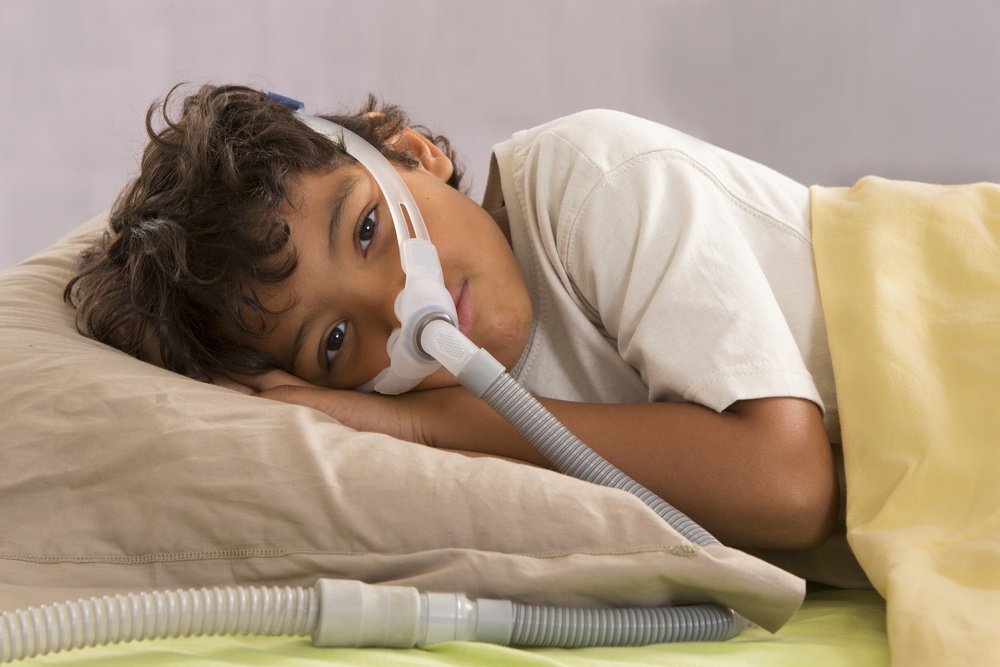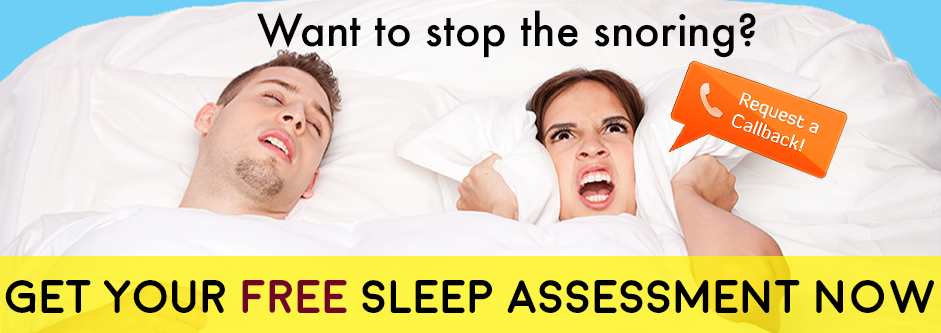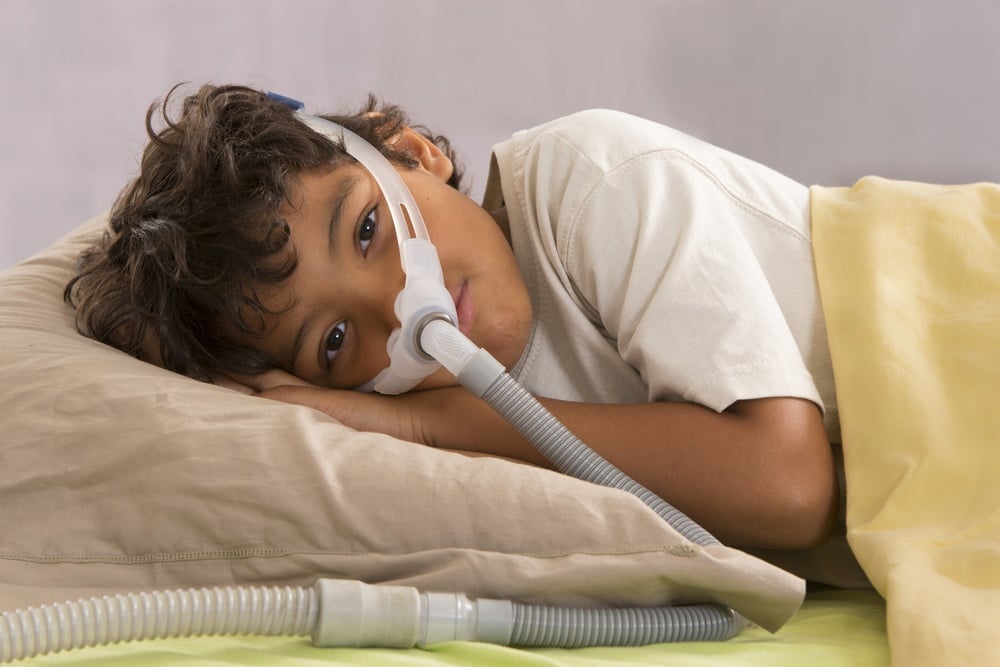
As a parent with a child recently diagnosed with sleep apnea, you're probably struggling to find the best treatment options possible for your child.
Is surgery the best option? What about CPAP therapy?
Are there any lifestyle changes you should be implementing to help your kiddo get the right amount of nightly sleep?
What can you do? What's best for your child?
In this article, we'll discuss the three most common treatment options for children with sleep apnea including lifestyle changes, surgical options, and CPAP therapy.
Children with Sleep Apnea
A growing number of children and adolescents are diagnosed with obstructive sleep apnea (OSA). Sleep apnea is a condition in which the during sleep, a person’s airway collapses. This can be described as a mechanical problem, in which the child’s tongue falls back against his/her soft palate, which in turn falls against their uvula, effectively blocking their airway.
This is a scary occurrence, which may cause parents fear and anxiety as their child drifts off to sleep. The most commonly observed symptoms a parent may notice include:
- Abrupt cessation in breathing while sleeping
- Loud snoring
- Sudden waking
- Gasping or choking
Parents may also notice a variety of symptoms their child is experiencing during the day, which can be attributed to poor sleep. These symptoms include:
- Daytime drowsiness
- Poor memory
- ADHD
- Irritability
- Bedwetting
If your child has these symptoms and has been diagnosed with sleep apnea, their physician will order them a sleep study, after which, he or she may receive a diagnosis of obstructive sleep apnea. The most common treatment of sleep apnea includes a prescription for a CPAP mask and machine, which must be worn nightly. However, there are numerous other treatment options available.
Lifestyle Changes
Patient’s who have more mild forms of sleep apnea may be treated with lifestyle, or sleep hygiene changes alone. The family may choose to all engage in these changes, to make the transition as simple as possible.
Weight Loss
A large majority of individuals who are diagnosed with sleep apnea are overweight or obese. Overweight is medically classified as a body mass index (BMI) of 25 or greater, while obesity is defined as a BMI of 30 or greater.
Patient’s with higher BMI may have excess fat around their neck and tongue. Many patients describe a significant decrease in sleep apnea symptoms simply by dropping a moderate amount of body weight.
If you are suffering from a mild form of sleep apnea and would like to attempt to lose weight, please consult with your physician regarding the best weight loss plan for you.
Changing Sleeping Positions
Sleeping on one’s side rather than back often decreases a patient’s symptoms. Studies show that patients often get a better night’s rest when sleeping on their side.
Side sleeping follows the natural curvature of the spine, therefore reducing back and neck pain, as well as decreasing the incidence of snoring. Additionally, side sleeping moves the tongue laterally, thus decreasing the chance of blockage. Another option is lying with the head elevated.
This position moves the tongue forward, again decreasing the incidence of airway blockage.
Continuous Positive Airway Pressure Therapy for Children
Continuous positive airway pressure treatment, more commonly known as a CPAP, is the most commonly prescribed treatment plan to patients with sleep apnea.
Studies have shown a consistent success rate utilizing this system. The science behind a CPAP system is that the machine blows a constant pressure of air through the mask which keeps the airway open. The CPAP mask must be worn each night.
The CPAP system consists of a mask, headgear, tubes, and the machine which generates the continuous pressure. Three distinct types of face masks are available:
- Full mask - best for mouth breathers
- Nasal Mask - covers patient’s nose only
- Nasal Pillow - two prongs which are inserted directly into the nasal passage
Due to the increasing number of children and adolescents who are diagnosed with obstructive sleep apnea, medical supply manufacturers have developed systems specifically made for children. To see a comprehensive list of CPAP masks that may be right for your child, read Best Children's CPAP Masks: How to Choose.
Surgical Intervention for Obstructive Sleep Apnea
The most aggressive treatment option for children who suffer sleep apnea is surgery. Although a viable option, it is important to keep in mind that not every child is a surgical candidate. Surgical recommendations are based solely on the underlying cause of your child’s sleep apnea.
If your child’s symptoms are secondary to enlarged tonsils and adenoids, you may be referred to a surgeon, who can perform a procedure called a Tonsillectomy and Adenoidectomy, or T&A. This procedure effectively removes your child’s tonsils and adenoids, which may be blocking their airway.
If your child’s airway is being collapsed from his or her tongue, a procedure called a genioglossus advancement, or GGA, may be recommended. Although invasive, this procedure will move your child’s chin bone forward to increase the size of his/her airway.
Children who are found to have a long palate may undergo a uvulectomy. This procedure removes a portion of the uvula, which again opens his or her airway to decrease the change of airway collapse.
Summary
Although a scary diagnosis, it is important to keep in mind that a variety of treatment options are available for a family to consider. Whether you choose lifestyle changes, utilizing a CPAP system, or surgery, the experts at Sleep Resolutions are here to help.











Leave a comment